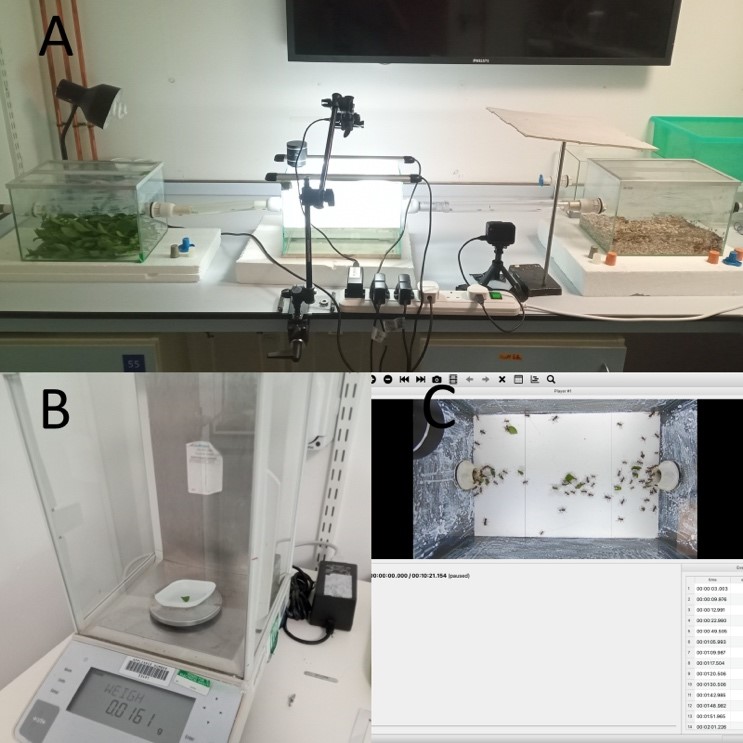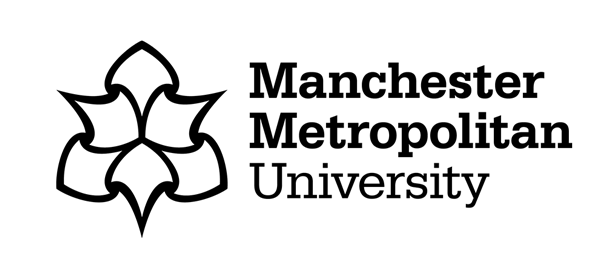
Leafcutter ants are an iconic image of the rainforest, with their large leaf trails making the forest floor come alive. They mimic a busy highway, moving to the sound of nature.
But why all the leaves? Leaf fragments are cut from trees as high as 30m and are taken back to the nest. Once dropped off, the smaller ants chew them into a paste, this paste turns into a fungus farm – yes, they are fungus farmers (agriculturists). The fungus is then fed to the colony, which can be up to an incredible 6-million workers. Like humans, leaf cutting ants are the only animal that makes its food to feed others. These amazing animals are touted as a super-organism by the legendary myrmecologist E. O. Wilson. But removing all the leaves from trees seems counterproductive to the health of tropical rainforests. However, these ecosystem engineers keep the rainforest thriving. From aerating the soil with underground chambers, to opening the canopy for light to penetrate the forest floor, they are key. But with the increase in ecotourism and clear-cutting of forests, what is in store for these engineers?
We wanted to find out the impact of different sound-vibration disturbance on leaf fragment size, movement speed, and colony activity in a lab experiment, which mimics anthropogenic disturbance.
The Research Support Award provided by Manchester Metropolitan University allowed me to travel to University so that I could start data collection for my thesis. The University currently houses three colonies of tropical leafcutter ants. The laboratory experiment we designed consists of the ants moving between three main chambers (figure 1A) to harvest leaves before returning to their nest. The far left chamber houses the leaves which will be cultivated by the ants. The middle chamber is where we place the camera to record the ants moving, and the sound-vibration speaker. The far right chamber is where we extract the leaves the ants are carrying. We used three noise treatments (55db, 66db and 80db), plus a set of no noise controls. In a single day we recorded the movement behaviour, colony level activity and amount of leaves gathered by ants in a single foraging event; this is then repeated multiple times for each noise treatment.

The videos we record are then analysed in animal behavioural recording software BORIS (figure 1C). BORIS allows us to record different behaviours, for example, we can record the time it takes an ant to move over a certain distance and if this is different when ants are loaded with leaves. From this data we are able to see if the different sound-vibration has an effect on colony foraging, movement speed and behaviour. The leaf fragments we collected are weighed and scanned so we can record the size and weight of the foraged material being harvested by the ants.
All these experiments enable us to measure if sound-vibration has an effect on the ants’ ability to forage, and what those effects might be. The subsequent results will enable us to determine how they perceive sound-vibration, and how it impacts their behaviour. This information can then be used to understand the impact of humans on these amazing creatures and also fuel further studies into this relationship.
Mark was funded through the Manchester Metropolitan Graduate School’s Research Support Award to attend campus to complete these experiments. You can find out more about the award and upcoming deadlines by visiting the PGR Development Moodle area.


